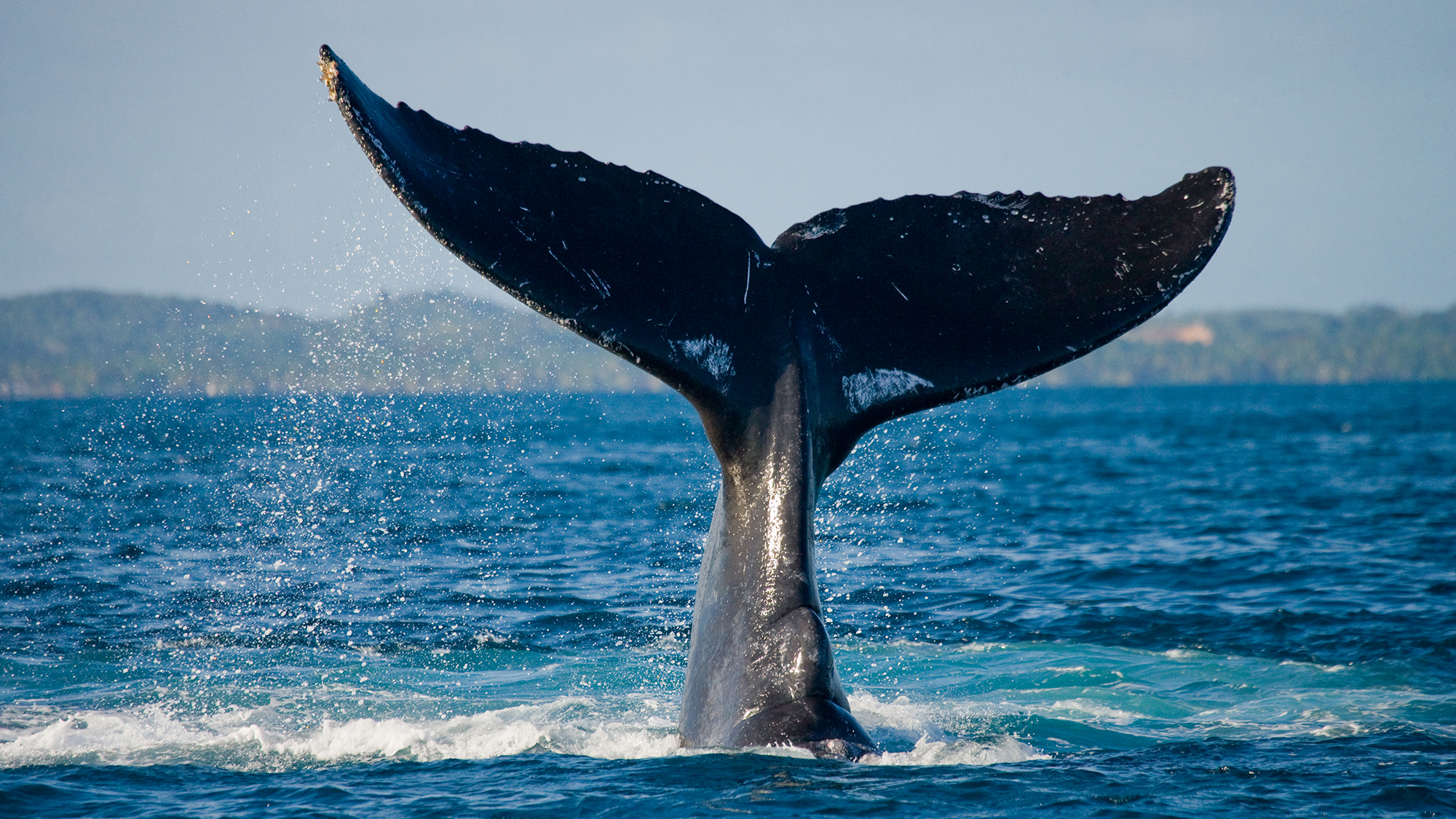

Researchers using an AI photo-scanning tool similar to facial recognition have learned that there’s been a 20% decline in North Pacific Ocean humpback whale populations over the past decade. The researchers pointed to a climate change related heat wave as a possible culprit. The findings, published this week in Royal Society Open Science, used the artificial intelligence-powered image detection model to analyze more than 200,000 photographs of humpback whales taken between 2001 and 2022.
Facial recognition models used to identify humans have faced sustained criticism from researchers and advocates who say the models struggle to identify accurately identity nonwhite people. In this case, the model scanning humpback whale photos was trained to spot and recognize unique identifiers on a whale’s dorsal fin. These identifiers function like a one-of-a-kind whale fingerprint and can consist of marks, variations in pigmentation, scarring, and overall size. Researchers used successful photo matches to inform estimates for humpback whale populations over time.
[ Related: The government is going to use facial recognition more. That’s bad. ]
Images of the whale tails, captured by scientists and whale watchers alike, are stored by a nonprofit called HappyWhale, which described itself as “largest individual identification resource ever built for marine mammals.” HappyWhales encourages everyday “citizen scientists” to take photos of whales they see and upload them to its growing database. The photos include the data, and location of where the whale was spotted.
From there, users can track a whale they photographed and contribute to a growing corpus of data researchers can use to more accurately understate the species’ population and migration patterns. Prior to this AI-assisted method, experts had to comb through individual whale tail photographs looking for similarities with their named eye, a process both painstaking and time-consuming. Image matching technology speeds that process, giving researchers more time to investigate changes in population data.
“Having an algorithm like this dramatically speeds up the information-gathering process, which hopefully speeds up timely management actions,” Philip Patton, a University of Hawaii at Manoa Phd student who has worked with the tool said in a previous interview with Spectrum News.
Research links humpback whale population decline to climate change
Humpback whales, once on the brink of extinction, have seen their population grow in the 40 years since commercial hunting of the species was made illegal, so much so that the giant mammals were removed from the endangered species list in the US in 2016. But that rebound is at risk of being short-lived. Researchers analyzing the whale data estimate their population peaked in 2012 at around 33,488. Then, the numbers started trickling downwards. From 2012 to 2021, the whale population dropped down to 26,662, a decline of around 20%. Researchers say that downward trend coincided with a record heat wave that raised ocean temperatures and may have “altered the course of species recovery.”
That historic heat wave resulted in rising surface sea temperatures and decreases in nutrient-rich water which in turn led to reductions in phytoplankton biomass. These changes led to greater disruptions in the food chain which the researcher says limited the whales’ access to krill and other food sources. While they acknowledged ship collisions and entanglements could be responsible for some of the population declines, the researchers said those factors couldn’t account for the entirety of the decline.
“These advances have shifted the abundance estimation paradigm from data scarcity and periodic study to continuous and accessible tracking of the ocean-basin- wide population through time,” the researchers wrote.
Facial recognition can shed light on animals on a population level
Whales aren’t the only animals having their photos run through image detection algorithms. Scientists use various forms of the technology to research populations of cows, chickens, salmon, and lemurs, amongst species. Though primarily used as an aid for conservation and population estimation, some researchers have reportedly used the technology to analyze facial cues in domesticated Sheep to determine whether or not they felt pain in certain scenarios. Others have used photo matching software to try and to find missing pets.
[ Related: Do all geese look the same to you? Not to this facial recognition software. ]
These examples and others highlight the upside of image and pattern matching algorithms capable of sifting through vast image databases. In the case of conservation, accurate population estimates made possible by these technologies can help inform whether or not certain species require endangered classifications or other resources to help maintain their healthy population.